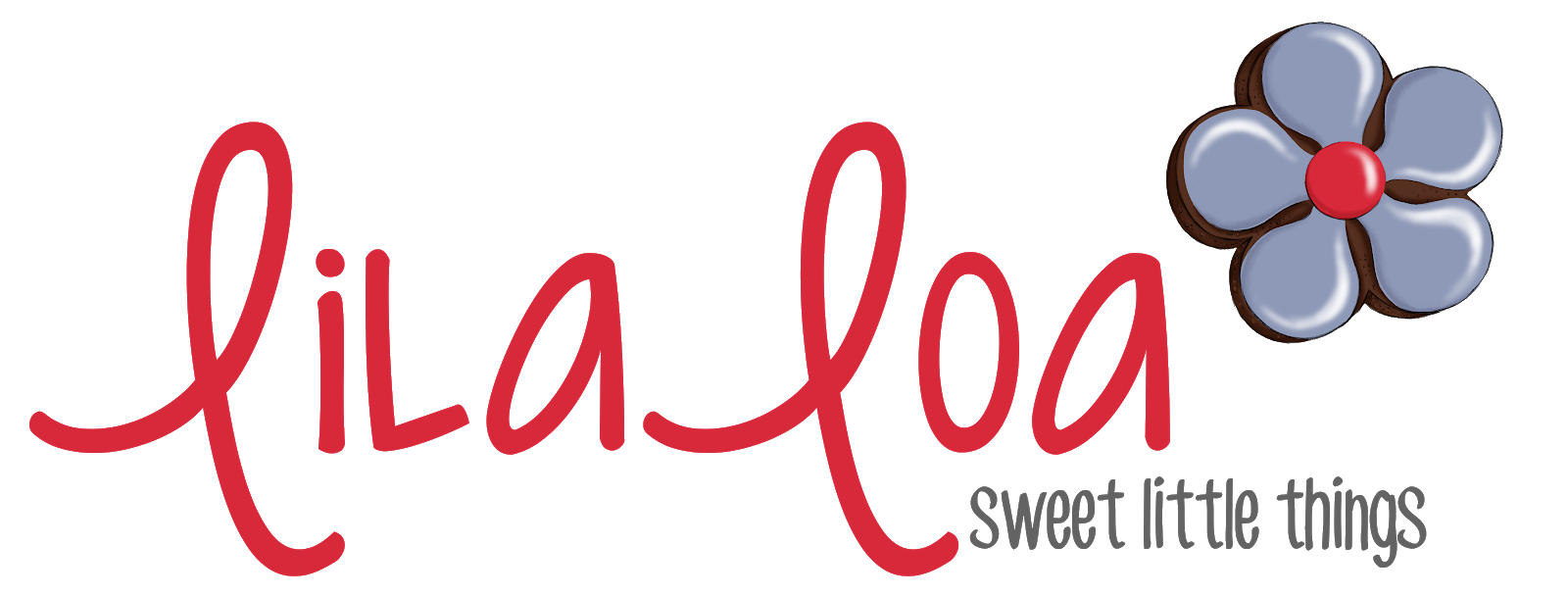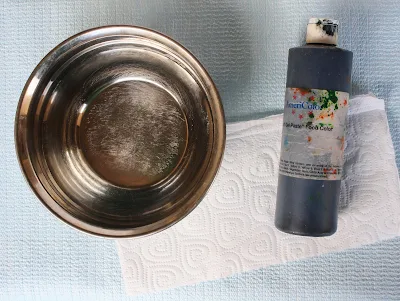Let me just say something first that has nothing to do with cookies or color or anything really that you would ever care about -- I am a vegetarian.
Now that we've gotten that out of the way....Let's talk about South Korea again, shall we? When we first moved here, going out to restaurants was like a game of Chance. My husband and I would randomly point at items on the menu and hope we liked it. (For the record, we are, in fact, reasonably sane adults that have somehow made it to this point in our lives by making actual decisions.) We just didn't speak Korean. We had no way of knowing what we would end up with. My husband got octopus and I got something that looked like spaghetti but instead of tomato sauce, it was hot red pepper sauce. We have also ordered neck bone soup, intestines, and once we even ordered a hot dog without realizing it. I may have lost 12 pounds in the first 2 months that we lived here.
We eventually figured out how to read Korean and then each time we ordered something new, we tried to figure out what words were the same as something else we had ordered and if they had any of the same ingredients. Then one day, we got a book that had pictures and told us what everything was and we all lived happily ever after.
Making icing colors is kind of like eating out in South Korea. If you don't know how to mix red and yellow to make orange, you are going to end up losing 12 pounds. No wait...that's not what I meant. What I mean is, you need to know what is in your food coloring so you can make the color you want.
Do you remember that one time I was talking about making pink icing and we wanted it darker so I said to add brown, because it has an orange base? Yeah...that didn't make sense to a lot of people. It took me a long time to realize that Americolor Chocolate Brown had an orange base. But it took me a lot less time to realize that black has a purple base to it. I mean...have you LOOKED at your hands after you get black food coloring on them?
The way I see it, you have a couple of choices to make. You can spend the next 4 months analyzing what happens each time you add a certain color to a different color and see what patterns you find...OR...you can get a "guide" to the color bases of your food coloring.
Also, you can either do this yourself, or let your children do it. You know, in the name of "education" and "providing quality learning activities in the middle of summer when all your children want to do is lie on the couch and stare at the ceiling and complain about how there is never ever ever anything to do besides lying on the couch and complaining."
So...you know...your choice.
You need some seriously fancy equipment for this -- a bowl of water, food color, and a paper towel. Email me if you have any trouble acquiring these items. I can give you a list of suppliers.
Draw a line of food color across the bottom of a paper towel. Honestly, I just blob up a bit of food color and then swipe the paper towel across. It doesn't need to be beautiful or perfect or anything at all that would make you or your not-bored children stressed out.
Put the bottom edge of the paper towel in the water. The water will creep up the paper towel and across your line of food color.
As the water crosses your food color line, it will start to separate into different colors. (See the blue coming out on the top right?) Once the water is an inch above your line, set the paper towel somewhere flat and dry. It will continue to spread as it dries.
This is, obviously, black. Isn't it cool? I can see at least 3 different colors in it -- turquoise, blue, and magenta. And now it makes sense why your icing turns out kind of a purple gray instead of black when you don't add quite enough black food coloring. And why a true gray is so hard to achieve. Any guesses what you would add to make it more gray and less dirty lavender? (Here's a hint. I would add a smidgeon of green.)
Brown is my favorite because it turned out looking like a campfire. We already talked about how this brown is orange based. It is very easy to see that in this picture! You can also pick up the traces of pink and...surprisingly -- light green along the top edges. (It makes sense though, right? If there wasn't green in there...it would be just orange.)
This explains everything, I think. People are always asking me how to make a deeper blue. And I tell them to add purple and then they think I grew another head and started dancing the polka on top of a school bus in the rain. Seriously though -- that's all that those crazy-smart color people at Americolor did. The two color washes are nearly identical except for the purple color at the bottom of the royal blue.
And greens. Getting *that* particular shade of green used to be very difficult for me before I realized that all greens are not created equal. Leaf green is heavy on the yellow with a bit of blue added in. Forest green has three different shades of blue, some turquoise, and some yellow. It would be safe to say that this would not be the food color shade of choice if you were trying for a spring green.
I ran out of attention span before I could do anymore. Feel free to put your children to work and see what your own favorite food color shades are hiding!









